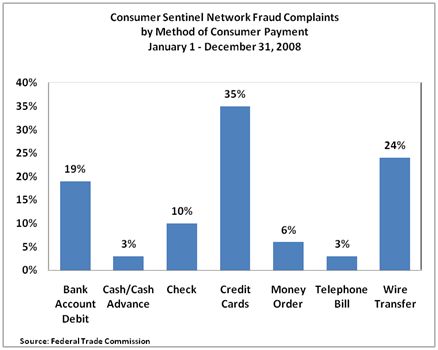April is National Financial Literacy Month. In recognition of the importance of financial literacy, throughout the month of April we will feature blogs discussing the benefits of financial training.
According to a recent study conducted by Cisco, the top priorities for Gen Y (generally those ages 18—29) include debt reduction and financial education. Gen Y's desire for financial education is hardly surprising. What is interesting is how technology is shaping some of that education.
Why the Gen Y interest in financial education?
Gen Y has often lagged behind preceding generations in financial literacy skills. Poor financial literacy skills create greater exposure to fraud and identity theft. And financial education—especially about fraud—is news that Gen Y can use. According to Javelin Strategy & Research, young consumers are particularly interested in knowing how to combat fraud. On this topic, experience has been the teacher for many in Gen Y. For example, a recent Javelin survey shows that Gen Y consumers had a higher incidence of debit card fraud than any other group.

|
| ENLARGE |
Non-traditional teaching methods
The financial industry is enlisting technical creativity in hopes of enhancing its education efforts to Gen Y, a demographic described as liking its words abbreviated and its communications instantaneous. As a result, the industry is using virtual mediums such as video games and interactive websites. Financial institutions and private companies have joined the virtual space frenzy by offering various forms of interactive financial education platforms geared toward teaching young adults about money management. One organization, Doorways to Dreams (D2D) uses video games to teach simple financial lessons about credit and debit card management, personal budgeting, and awareness of expensive pitfalls such as payday lending.
Deputizing Gen Y in the fight against fraud
Alerts are an important money management tool because they give Gen Y more control over their finances. Alerts also allow Gen Y to share the responsibility of monitoring for fraudulent activity with their financial institution. Alerts are generally triggered by unique parameters set by the account holder, for instance, to warn when deposits or withdrawals occur, or when an account balance is dangerously low and at risk of having insufficient funds. These tools may also provide notice against unauthorized transactions. But for alerts to work as intended, Gen Y should understand their financial thresholds.
Financial literacy programs, whether taught in a classroom setting or through video games, are important because they can give Gen Y the tools needed to make wise and sound financial choices. However, financial institutions and others have the opportunity to augment their financial education programs with financial management tools such as e-mail and mobile phone alerts, which can also serve as security tools to combat fraud. If financial literacy tools can engage young adults in understanding their financial thresholds, then they will ensure that the established alert parameters will function as intended.
Education is empowering. Effective financial literacy that goes beyond basics and teaches how financial alerts can serve as useful tools to combat fraud is more than empowering—it's a sound investment for all.
By Ana Cavazos-Wright, payments risk analyst in the Retail Payments Risk Forum at the Atlanta Fed.


